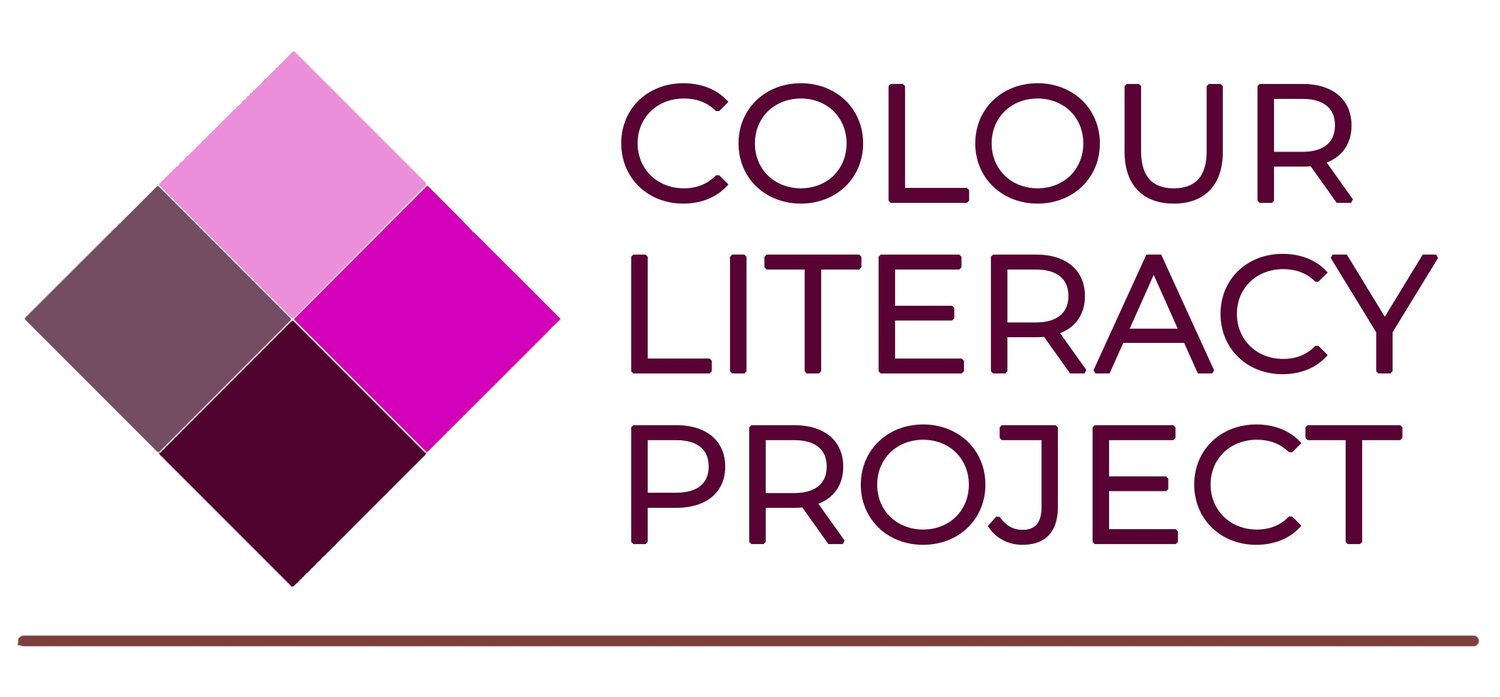Exploring the spectrum
PERCEIVING COLOURS:
The Rainbow and beyond
Create a spectrum, and see how many hues you can find!
Details:
All ages
Time: 20 minutes
Learning Outcome: Produce and describe the hues seen in various types of spectra.
Colour Concepts: Spectra can be produced when light interacts with materials that disperse the light beam; the order of the hues in the spectrum is always the same.
Materials:
Background - Rainbows, Newton and the colours of the spectrum
Background - What is the relationship between light, wavelength and colour?
Prism on stand
CD or DVD
Diffraction Grating Filters from Colour Paddle Set
Instructions:
This exercise can be performed with any or all of the above materials:
Prism:
Look through the prism at the lights in your classroom, and outside through a window. What do you notice? (Note – never look at the Sun directly or through the prism.)
If it is sunny, place the prism near the window to produce a spectrum. Notice and describe the hues you see. What is the hue order?
CD or DVD:
Look at the grooved side of your CD/DVD. Notice and describe the hues you see. What is the hue order?
Note: Prisms can be quite tricky to use and see a spectrum. A CD is the easiest & most reliable way to produce a spectrum.
Diffraction grating from the coloured paddle set:
With one of the Diffraction Grating filters, look at different light sources around your classroom/home, like LED lightbulbs, any other type of flashlights or lightbulbs in your house, fluorescent lights at your school, outside at the diffuse skylight. (Note – do not look directly at the Sun.)
Take photos of the light sources through the diffraction grating and upload your photos to a shared site.
Notice and describe the hues you see. Do different light sources have different hues/ patterns of hues?
What is the hue order?
Vocabulary:
Questions & observations:
Is the appearance of the spectra the same in all examples?
Is the order of the hues the same in all spectra?
In terms of colour character, how do you describe the colours of the spectrum?
If you look at different sources of light through the diffraction grating, what do you notice?
What’s going on?
When a beam of white light passes though a prism, interacts with a finely grooved object like a CD or diffraction grating, it is transformed into a spectrum.
Different types of light sources produce different types off spectra, but these may be difficult to notice by using the prism or a CD. If you were able to visibly see differences in the spectra from the prism or the CD that is great! If not, that is a common result.
Note that the digital image does not capture and display the colours exactly as they are seen by eye; violets and greens are more prominent when looking at the actual spectra, so your photos may not look precisely the same as what you see with your eyes.
Find out more:
See What is the relationship between light, wavelength and colour?
Peter Donahue has a Rainbow snack!
Check out Peter Donahue’s lesson plan for his students, on Determining the order of hues in the spectrum






